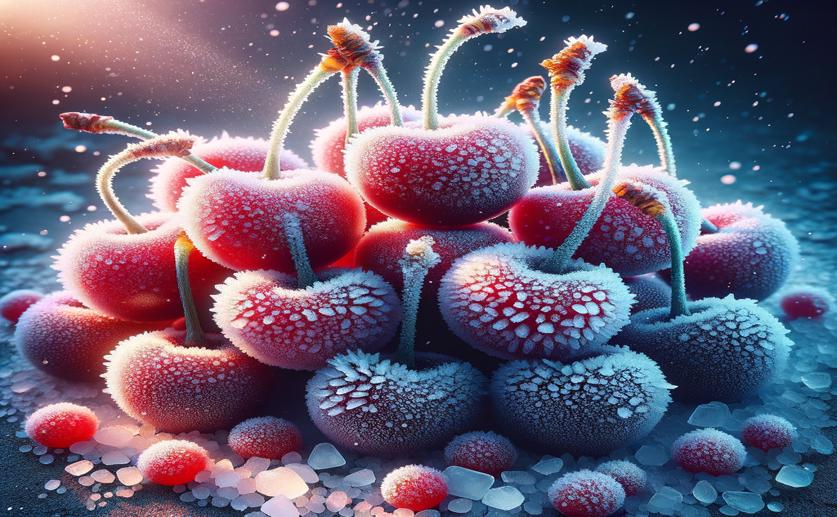
Understanding How Sweet Cherry Proteins Help Cope with Cold and Salt Stress
Jenn Hoskins
13th July, 2024

Image Source: Natural Science News, 2024
Key Findings
- Researchers at Ludong University identified three CSP genes (PavCSPs) in the sweet cherry genome
- PavCSP1 and PavCSP3 genes help sweet cherry plants grow better under low-temperature and high-salt conditions
- Transgenic yeasts with PavCSP1 or PavCSP3 showed improved growth under stress, suggesting these genes enhance stress tolerance
References
Main Study
1) Genome-wide identification of cold shock proteins (CSPs) in sweet cherry (Prunus avium L.) and exploring the differential responses of PavCSP1 and PavCSP3 to low temperature and salt stress.
Published 12th July, 2024
https://doi.org/10.1007/s13258-024-01542-6
Related Studies
2) Functional characterization of two cold shock domain proteins from Oryza sativa.
3) Stress-responsive expression patterns and functional characterization of cold shock domain proteins in cabbage (Brassica rapa) under abiotic stress conditions.
4) A cold-regulated nucleic acid-binding protein of winter wheat shares a domain with bacterial cold shock proteins.
Journal: The Journal of biological chemistry, Issue: Vol 277, Issue 38, Sep 2002



 13th July, 2024 | Greg Howard
13th July, 2024 | Greg Howard